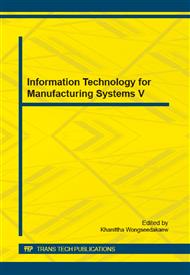p.616
p.620
p.627
p.634
p.639
p.643
p.651
p.660
p.666
The Analysis of the Current Situation and Countermeasures of New Energy Vehicles
Abstract:
With pm2.5 and environmental pollution problem of urban smog, energy conservation and environmental protection has become an important subject in the current car development, so the new energy vehicles get more and more favor from the government and enterprises. But the new energy vehicles’ market share in our country is still small and the technology is not mature. This paper summarizes the experience and lessons in the development of new energy vehicles at home and abroad, and then based on which analyses the reasons that restrict the development of the new energy vehicles, finally puts forward the countermeasures of new energy vehicles development from the government's macro policy, battery technology, management mechanism, public participation and so on. In addition, it also puts forward a new opinion that encourages and guides the social capital to participate in the operation of the new energy vehicle infrastructure construction and operation, then provides a model for our country’s new energy vehicles future development.
Info:
Periodical:
Pages:
639-642
Citation:
Online since:
October 2014
Authors:
Keywords:
Price:
Сopyright:
© 2014 Trans Tech Publications Ltd. All Rights Reserved
Share:
Citation:


